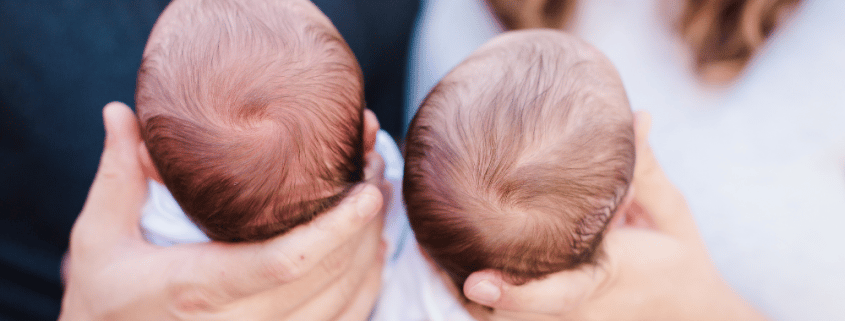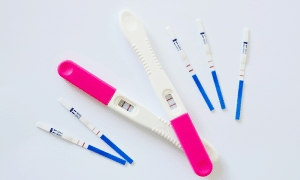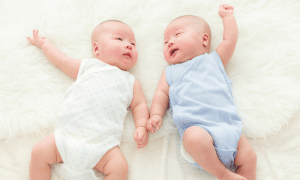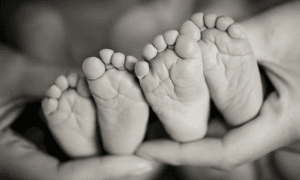What are di di twins?
Congratulations on finding out that you’re expecting! Having twins is such an exciting time, although it can leave you wondering about many things. What are di di twins? In this article, we’ll be telling you exactly that!
Get Exclusive Fertility & Pregnancy Freebies & Discounts
Subscribe to MyBump2Baby
ENTER YOUR EMAIL:[emailoctopus form_id=2]
This article includes:
- Finding out you’re having twins
- What are di di twins?
- How common are di di twins?
- How do di di twins happen?
- Can di di twins be identical?
- Di/di twins gender statistics
- What to expect from pregnancy with di di twins
- Di di twin complications
Finding out you’re having twins
When you first discovered that you were pregnant, you probably didn’t realise it was twins! While some women experience more intense pregnancy symptoms, there’s only one way to know it’s twins for sure.
Ultrasound scans are completed throughout pregnancy to ensure babies are safe and developing as they should be. Your first scan is usually around the 12-week mark; it’s usually here when you find out you’re having twins.
At this scan, the midwife may be able to identify the type of twins you’re having. If it’s not possible, another scan may be organised soon after.
If you’re trying for a baby, you might be wondering how you have twins naturally.
Twin types
- Di Di twins
- Monochorionic-monoamniotic twins (Mo Mo twins) – share one amniotic sac and one placenta
- Monochorionic diamniotic (Mo Di) – The babies share one placenta but have their own amniotic sacs
- Monozygotic twins/dizygotic twins – Monozygotic twins are identical twins, while dizygotic twins are non-identical twins
All of these twin types are formed in different ways for different reasons. This means there’s no way of predicting the twins you’ll have. Instead, a midwife will have to assess elements such as the amniotic sac and placenta.

What are di di twins?
Di di twins are a shortening of dichorionic diamniotic twins. We know what you’re thinking; what does that mean? Well, it means the babies are in two separate chorionic sacs and two amniotic sacs. This means each baby also has its own placenta. The placenta is responsible for providing the baby with nutrients during pregnancy.
There are two ways that di di twins can occur. One way is when two separate eggs are fertilised by two separate sperm. This results in both babies having their own sacs while just growing in the same womb. This creates fraternal twins.
While all fraternal twins are di di twins, not all di di twins are fraternal. Fraternal twins are always non-identical.
The other way is when one fertilised egg splits early enough (within the first four days). This means the embryos come from one egg but still have separate amniotic sacs and two separate placentas. Due to the babies splitting from one egg and being fertilised by one sperm, they are identical.
How common are di di twins?
Dichorionic diamniotic (di di) twins are common and occur in around 70% of twin pregnancies. Due to the babies having their own sacs, there are typically fewer risks involved than in some other twin types.
Despite fewer risks, you may still be monitored a little closer during a twin pregnancy. It is more common for twin babies to be born early than it is with a single pregnancy. This could be planned.
Throughout your pregnancy, you will have scans and tests that can help to promote a healthy pregnancy. Attending appointments is very important, as they can help to spot any signs before they become an issue. You will be provided with all essential information depending on the type of twins you’re having.
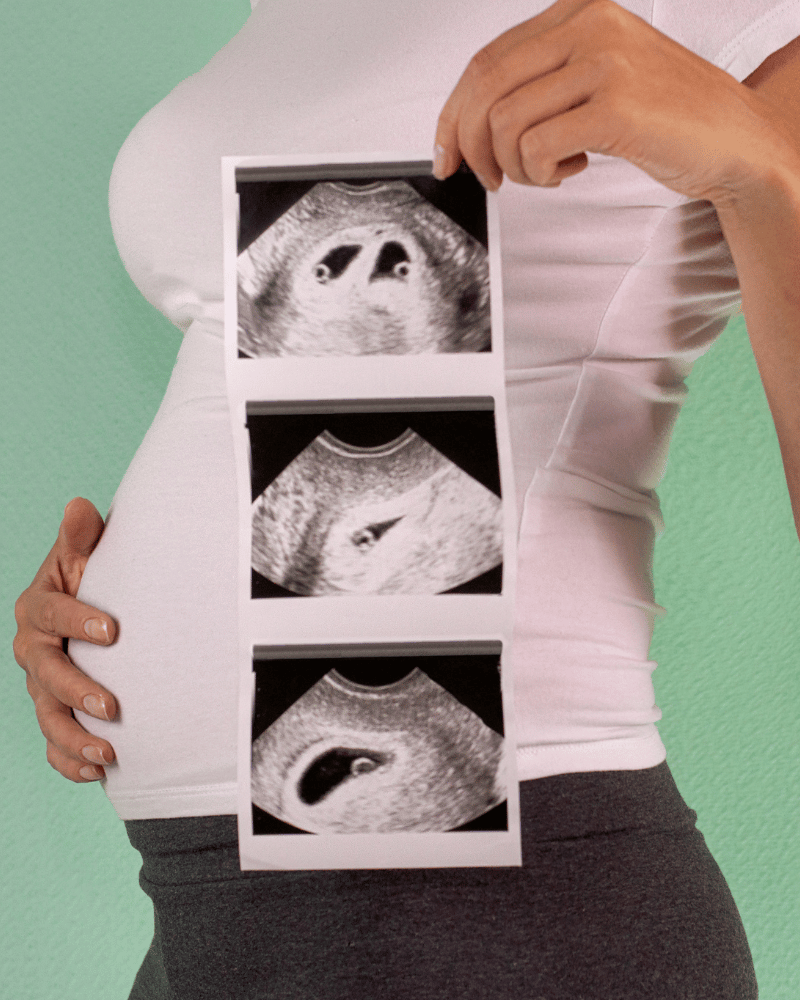
How do di di twins happen?
Hyperovulation
A common reason that these twins occur is hyperovulation. Hyperovulation occurs when the ovaries release two eggs during the monthly cycle instead of just one. This can happen to anyone, but some people may be more likely to experience it due to genetics. For fraternal di di twins, these eggs are fertilised by two different sperm.
Fertility treatment
Di di twins may also be more likely to occur if you have fertility treatments, such as in vitro fertilisation (IVF). This is because medication can be used to increase the number of eggs. This is done to increase the chances of you being able to have a baby.
Can di di twins be identical?
Yes! Di di twins can be identical depending on when the fertilised egg splits. If the egg splits early, both babies will develop their own sacs. Around just 10% of these twins are identical.
They are identical due to being formed from the same egg that is fertilised by one sperm. In comparison, non-identical twins are formed from two eggs fertilised by two sperm.
Identical twins share a high level of DNA. Fraternal twins generally share around 50% of their DNA, meaning they may be no more alike than other siblings. Identical twins are always the same sex. This is because the woman gives an X chromosome and the sperm carries either a Y or X chromosome.
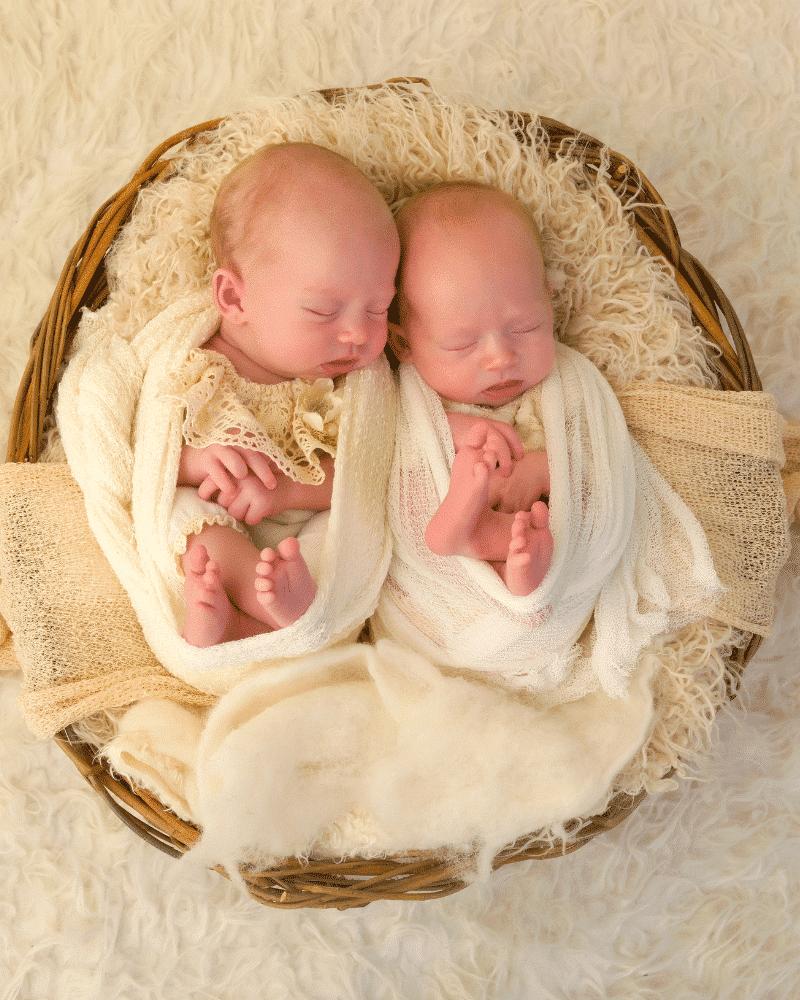
Di/di twins gender statistics
Di di fraternal twins, which form from two separate eggs and sperm, can be either boy girl or two of the same sex. These two twins are non-identical. It is believed that the most common combination for fraternal di di twins is one boy and one girl. Identical di di twins will both be the same gender, so twin girls or twin boys.
During pregnancy, you may not know whether your twins are fraternal or identical. This is because there is no way of knowing if there were two eggs or just one. One way to know is if the babies are of different genders, then you know they are fraternal. You could organise a DNA test to see if they are identical twins.
Some parents also find they have mirror twins, though there is no test for this. Find out more about mirror twins.
What to expect from pregnancy with di di twins
You may notice more intense pregnancy symptoms in the first trimester of pregnancy. This may be more prominent if you have had a singleton pregnancy before. At your first midwife appointment, you will have a blood test. This blood test can be used to measure a few different things.
Some women receive a result of high HCG levels. High HCG levels can be associated with a twin pregnancy. Despite this being an indication, it doesn’t mean you’re definitely expecting twins. You will only find out for certain at an ultrasound scan. A di di twin pregnancy means you’ll likely be invited for a scan every four weeks until giving birth.
Giving birth
With di di twins, you can expect that you may give birth around the 38-week mark. Throughout pregnancy, you will discuss twin birth plans with your midwife. They may suggest that you have a planned c-section with twins. This can sometimes be safer than a vaginal delivery if the babies are not in the ideal birthing position.
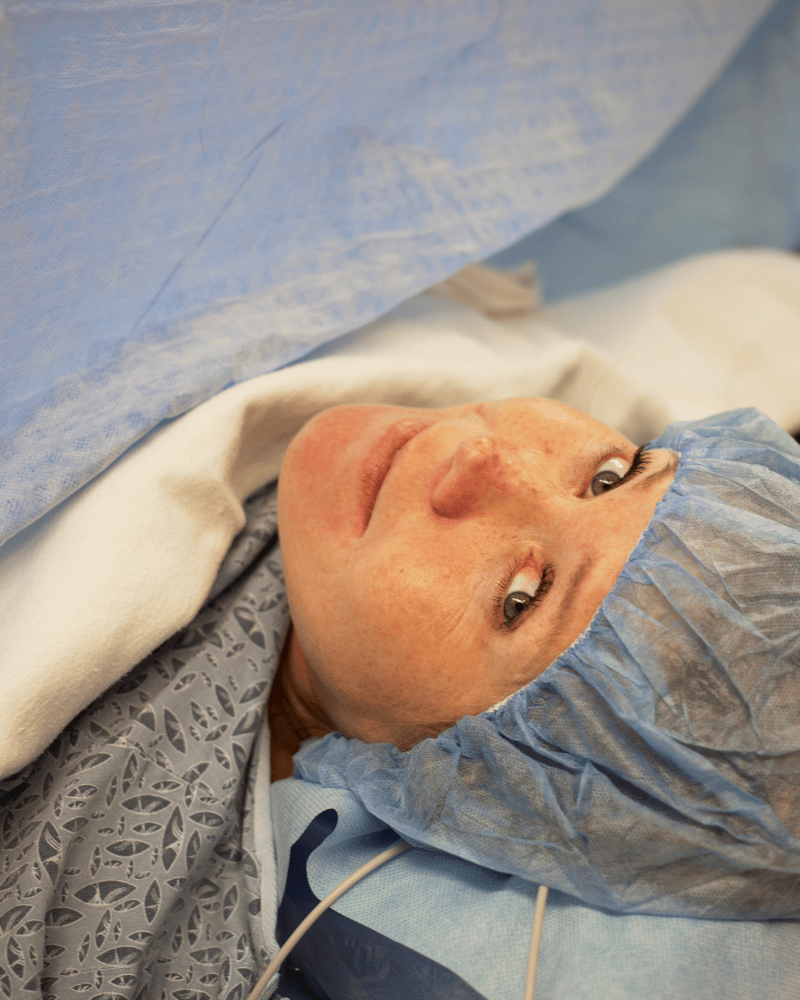
Di di twin complications
As with all twin pregnancies, sometimes there is an increased risk of complications. If anything is found, it will be monitored closely. The healthcare staff will do all they can to keep you and your babies safe. Some things you may experience include:
- Gestational diabetes – This usually goes away after pregnancy but may require you to alter your diet while pregnant.
- Premature birth – This may be necessary to keep the babies safe. You will be informed at all times if premature birth is suspected or recommended. Preterm labour can result in babies having a low birth weight.
- Gestational hypertension – Associated with high blood pressure. This can also cause pre-eclampsia.
- Anaemia – Carrying blood to two babies rather than just one can lead to anaemia in pregnancy.
Twin pregnancy monitoring
Having a twin pregnancy doesn’t mean you will encounter these or any other risks. What it does mean is that you may have more frequent testing to ensure that everything is fine.
Healthcare professionals know the best ways to deal with all aspects of twin pregnancy. Seek medical advice quickly if you become worried or suspect there is a problem.
We hope this article has been useful and you know more about di di twins! Finally, we hope you enjoy the rest of your pregnancy and wish you all the best as a twin parent.
Hey there, I’m Abigail!
In 2022, I graduated with a First Class Degree in Marketing and since then, I have been working as a blogger and Marketing Assistant. Before heading to university, I also achieved a BTEC in Children’s Play, Learning and Development.
I have been blogging for over four years and have covered many topics during this time. My focus has been on pregnancy, babies, sleep and baby name ideas.
I am passionate about learning new things and helping others. I hope that you find my blogs useful and informative. See you in the next article!



